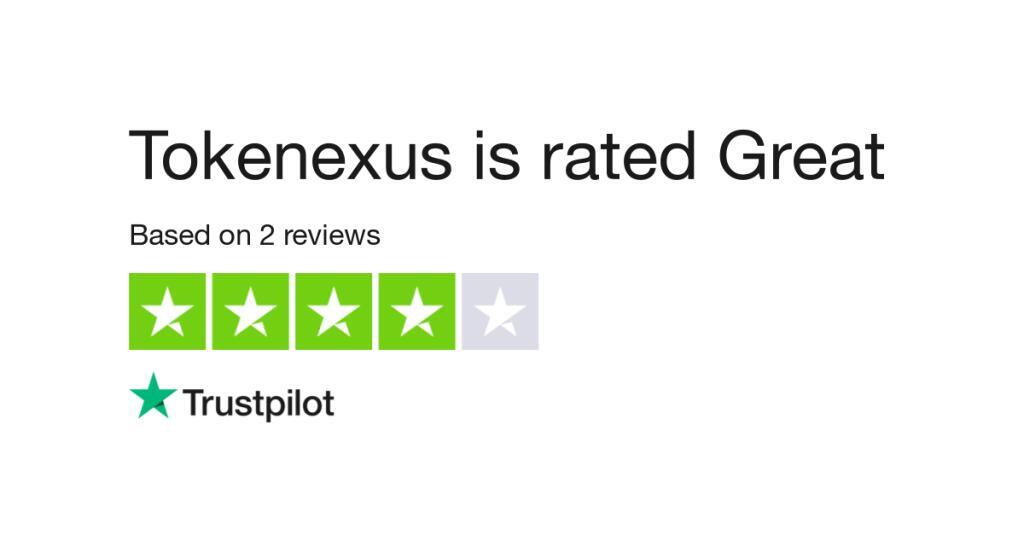
This formula is best for companies with assets that will lose more value in the early years and that want to capture write-offs that are more evenly distributed than those determined with the declining balance method. Depreciation is often what people talk about when they refer to accounting depreciation. This is the process of allocating an asset’s cost over the course of its useful life in order to align its expenses with revenue generation. The total amount depreciated each year, which is represented as a percentage, is called the depreciation rate. For example, if a company had $100,000 in total depreciation over the asset’s expected life, and the annual depreciation was $15,000. Because companies don’t have to account for them entirely in the year the assets are purchased, the immediate cost of ownership is significantly reduced.
If the element is the business purpose of an expenditure, its supporting evidence can be circumstantial evidence. Although you must generally prepare an adequate written record, you can prepare a record of the business use of listed property in a computer memory device that uses a logging program. Section 1.168(i)-6 of the regulations does not reflect this change in law.. At the end of 2021 you had an unrecovered basis of $14,565 ($31,500 − $16,935).
Understanding Depreciation
The participations and residuals must relate to income to be derived from the property before the end of the 10th tax year after the property is placed in service. For this purpose, participations and residuals are defined as costs, which by contract vary with the amount of income earned in connection with the property. A company can use straight-line or accelerated depreciation methods. The choice of accounting depreciation method can change the profits and hence tax payable each year.
But over the past year, its year-over-year growth in monthly active platform consumers (MAPCs), total trips, and gross bookings cooled off. That slowdown can be attributed to difficult comparisons against its post-pandemic recovery, stiff competition in the mobility and food delivery markets, and macro headwinds for its smaller freight business. It means the tax payable each year for the company changes with depreciation. If a company only records an initial expense, it will carry over large net losses for several years. For a more detailed look at the ins and outs of this method, check out our article about units of production depreciation. A loan doesn’t deteriorate in value or become worn down over use like physical assets do.
Accumulated Depreciation
If you hold the remainder interest, you must generally increase your basis in that interest by the depreciation not allowed to the term interest holder. However, do not increase your basis for depreciation not allowed for periods during which either of the following situations applies. You cannot depreciate the cost of land because land does not wear out, become obsolete, or get used up. The cost closing entry definition of land generally includes the cost of clearing, grading, planting, and landscaping. If you use part of your home as an office, you may be able to deduct depreciation on that part based on its business use. If you lease property to someone, you can generally depreciate its cost even if the lessee (the person leasing from you) has agreed to preserve, replace, renew, and maintain the property.
- As stated earlier, carrying value is the net of the asset account and the accumulated depreciation.
- Finally, units of production depreciation takes an entirely different approach by using units produced by an asset to determine the asset’s value.
- Tara does not elect to claim a section 179 deduction and the property does not qualify for a special depreciation allowance.
- Note that amortization is a concept similar to depreciation, but it is applied primarily to intangible assets.
- Instead of taking the exact percentage, it doubles the reciprocal percentage to accelerate the depreciation cost.
You bought a building and land for $120,000 and placed it in service on March 8. The sales contract showed that the building cost $100,000 and the land cost $20,000. In July 2022, the property was vandalized and they had a deductible casualty loss of $3,000.
Straight-line depreciation
Qualified reuse and recycling property also includes software necessary to operate such equipment. To determine any reduction in the dollar limit for costs over $2,700,000, the partner does not include any of the cost of section 179 property placed in service by the partnership. After the dollar limit (reduced for any nonpartnership section 179 costs over $2,700,000) is applied, any remaining cost of the partnership and nonpartnership section 179 property is subject to the business income limit. You bought and placed in service $2,700,000 of qualified farm machinery in 2022. Your spouse has a separate business, and bought and placed in service $300,000 of qualified business equipment.
Lakeland Industries, Inc. Reports Fiscal 2024 Second Quarter … – Digital Journal
Lakeland Industries, Inc. Reports Fiscal 2024 Second Quarter ….
Posted: Wed, 06 Sep 2023 21:48:48 GMT [source]
For qualified property that is listed property, enter the special depreciation allowance on Form 4562, Part V, line 25. You can elect to claim a 100% special depreciation allowance for the adjusted basis of certain specified https://online-accounting.net/ plants (defined later) bearing fruits and nuts planted or grafted after September 27, 2017, and before January 1, 2023. You can take a 50% special depreciation allowance for qualified reuse and recycling property.
AccountingTools
The result, $250, is your deduction for depreciation on the computer for the first year. On July 2, 2020, you purchased and placed in service residential rental property. You used Table A-6 to figure your MACRS depreciation for this property.

For this purpose, real property includes property that will remain attached to the real property for an indefinite period of time, such as roads, bridges, tunnels, pavements, and pollution control facilities. If you bought the stock after its first offering, the corporation’s adjusted basis in the property is the amount figured in (1) above. The FMV of the property is considered to be the same as the corporation’s adjusted basis figured in this way minus straight line depreciation, unless the value is unrealistic. Depreciation is an annual income tax deduction that allows you to recover the cost or other basis of certain property over the time you use the property. It is an allowance for the wear and tear, deterioration, or obsolescence of the property.
Then, use the information from this worksheet to prepare Form 4562. An addition or improvement you make to depreciable property is treated as separate depreciable property. Its property class and recovery period are the same as those that would apply to the original property if you had placed it in service at the same time you placed the addition or improvement in service. 587 for a discussion of the tests you must meet to claim expenses, including depreciation, for the business use of your home. Any cost not deductible in 1 year under section 179 because of this limit can be carried to the next year. Special rules apply to a deduction of qualified section 179 real property that is placed in service by you in tax years beginning before 2016 and disallowed because of the business income limit.

To more accurately reflect the use of these types of assets, the cost of business assets can be expensed each year over the life of the asset. The expense amounts are then used as a tax deduction, reducing the tax liability of the business. Since double-declining-balance depreciation does not always depreciate an asset fully by its end of life, some methods also compute a straight-line depreciation each year, and apply the greater of the two. This has the effect of converting from declining-balance depreciation to straight-line depreciation at a midpoint in the asset’s life. The double-declining-balance method is also a better representation of how vehicles depreciate and can more accurately match cost with benefit from asset use.
Additional depreciation
The unadjusted depreciable basis of a GAA is the total of the unadjusted depreciable bases of all the property in the GAA. The unadjusted depreciable basis of an item of property in a GAA is the amount you would use to figure gain or loss on its sale, but figured without reducing your original basis by any depreciation allowed or allowable in earlier years. However, you do reduce your original basis by other amounts, including any amortization deduction, section 179 deduction, special depreciation allowance, and electric vehicle credit. You must generally depreciate the carryover basis of property acquired in a like-kind exchange or involuntary conversion over the remaining recovery period of the property exchanged or involuntarily converted. You also generally continue to use the same depreciation method and convention used for the exchanged or involuntarily converted property. This applies only to acquired property with the same or a shorter recovery period and the same or more accelerated depreciation method than the property exchanged or involuntarily converted.
